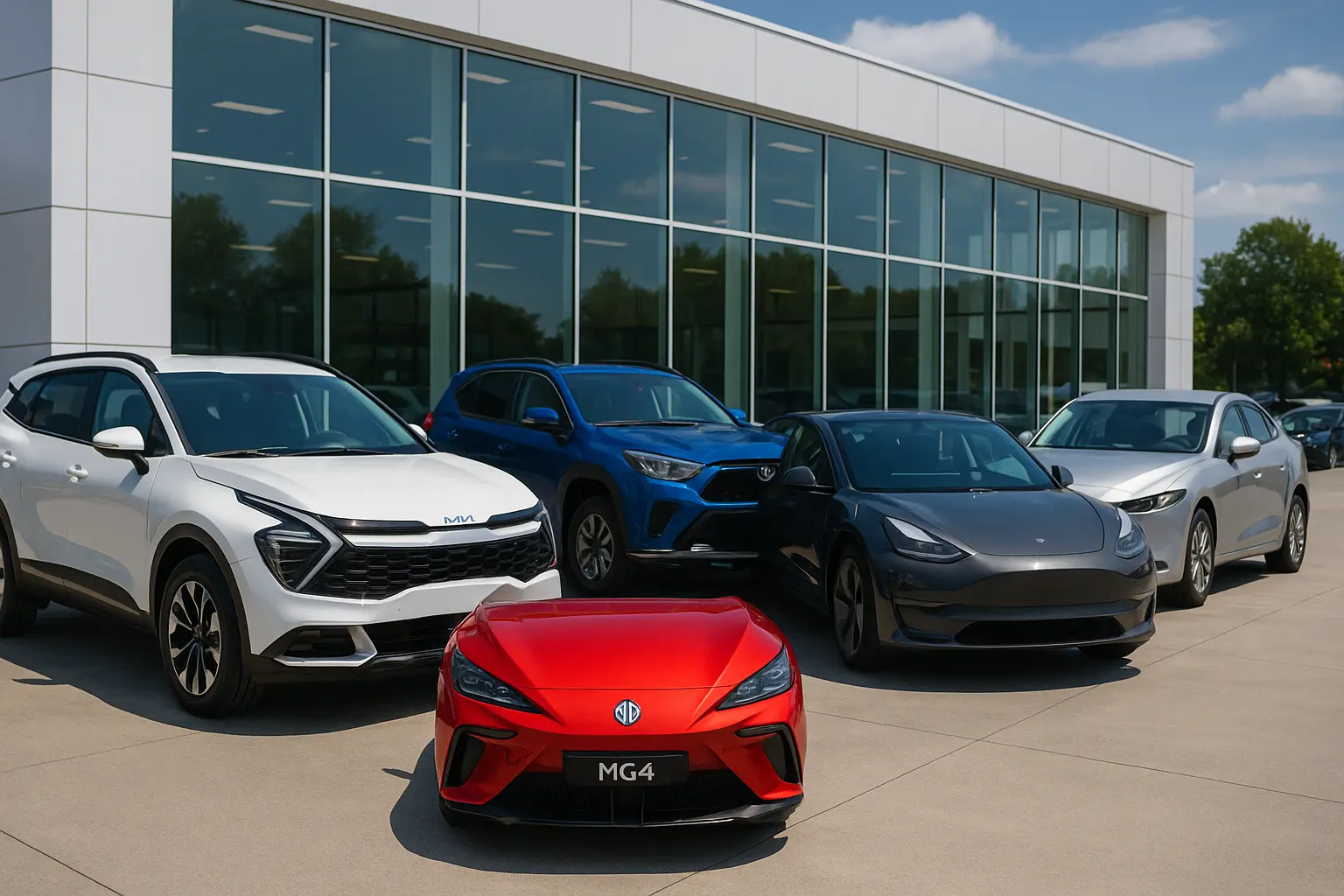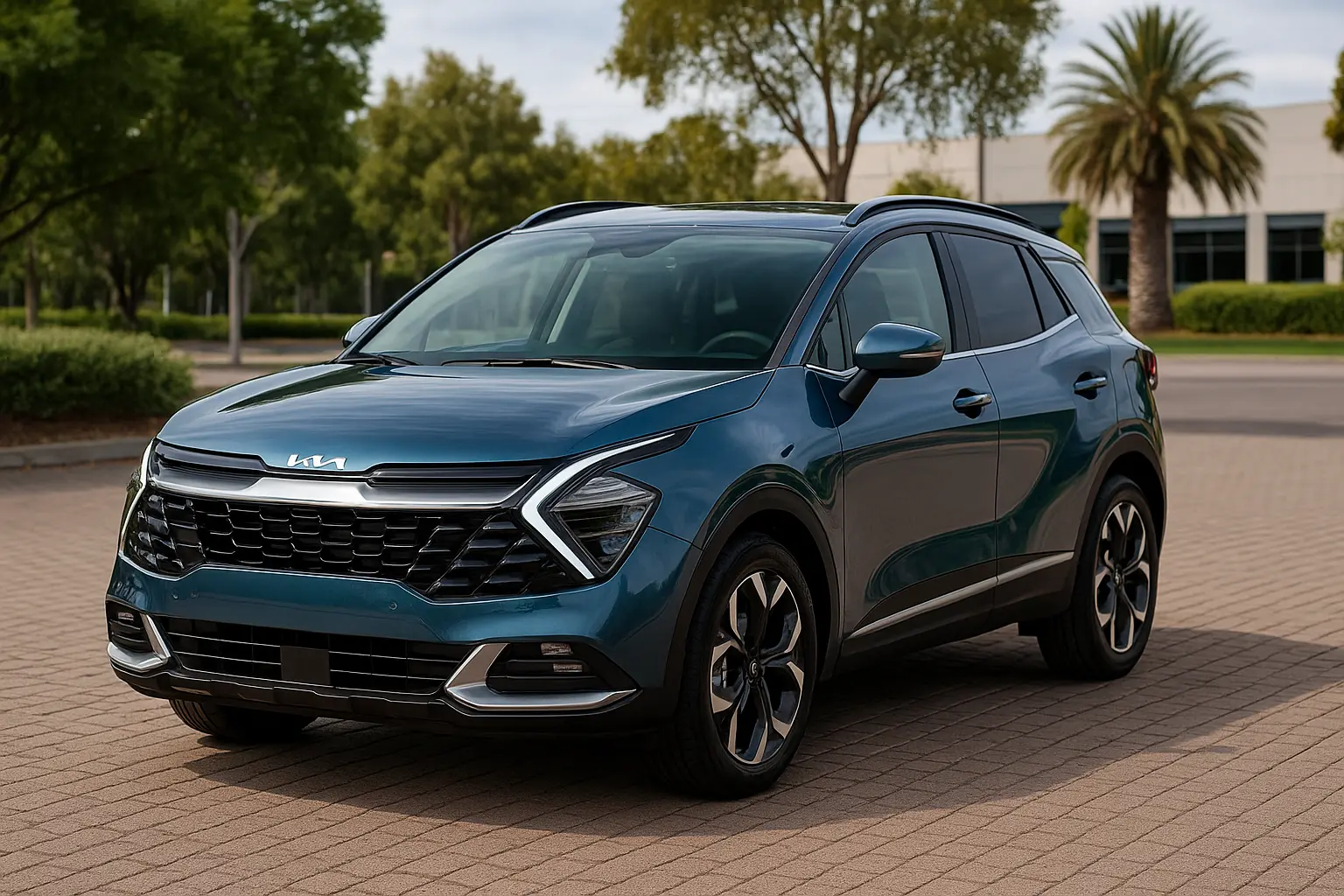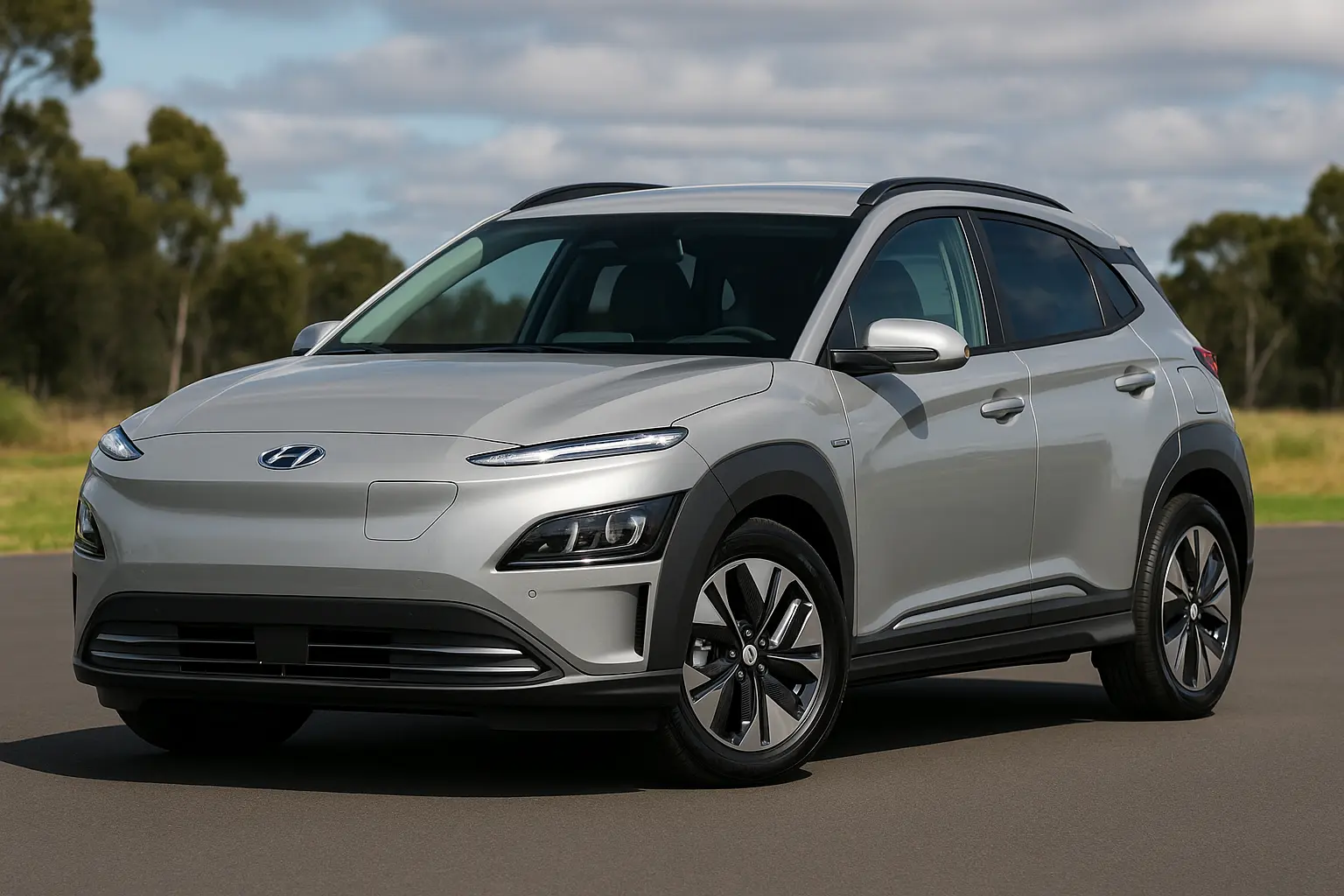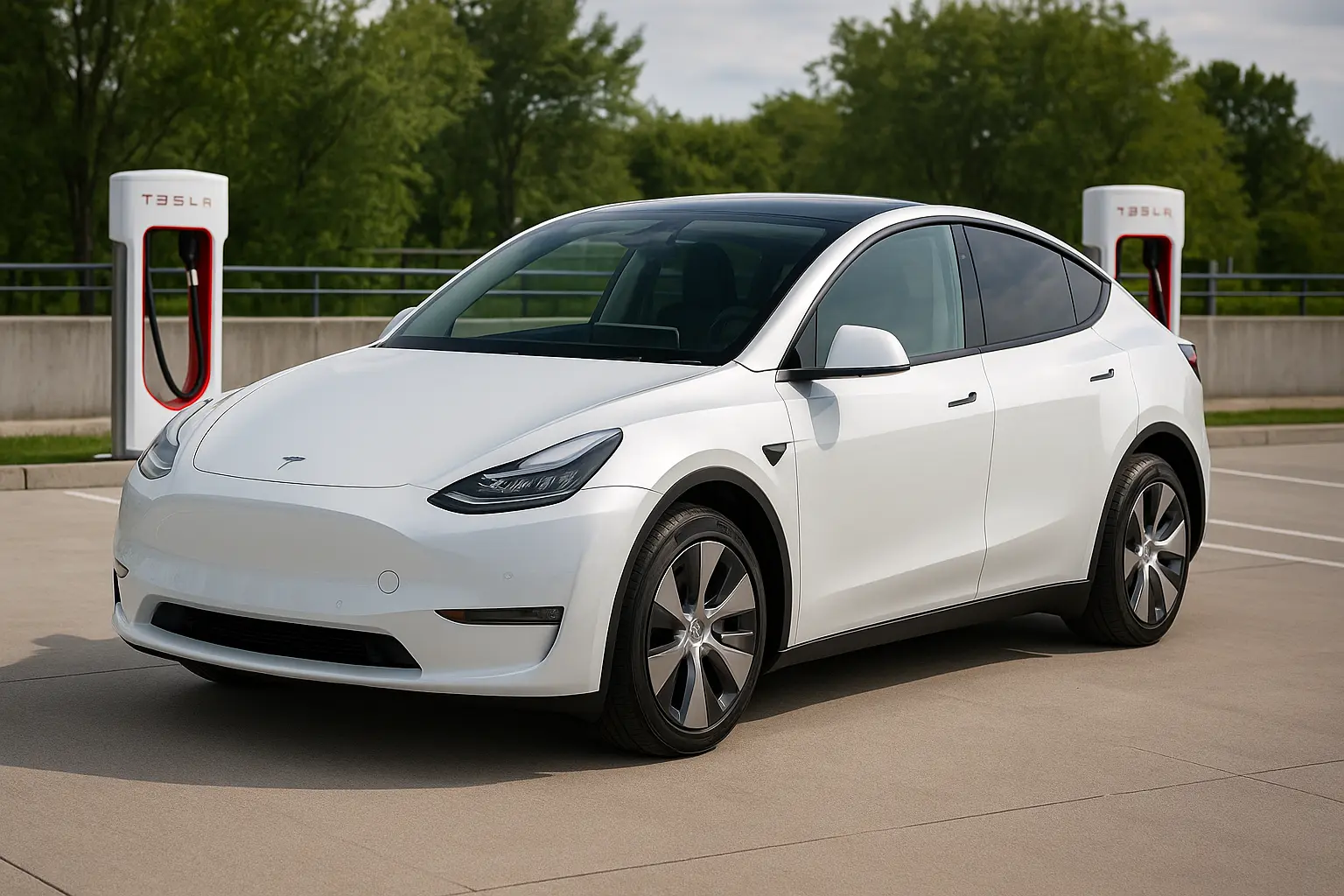Buying a new car in Australia is a big investment — and one of the most important factors savvy buyers now consider is warranty coverage. In 2025, as vehicles become more technologically advanced (and costly to repair), long and comprehensive warranties have never been more valuable. They don’t just protect your wallet; they also signal a manufacturer’s confidence in its vehicles.
This guide dives deep into the best car warranty options available in Australia in 2025, helping you understand coverage details, fine print, and which cars offer the most bang for your buck.

Why Warranty Coverage Matters More in 2025
Warranty coverage is essentially a manufacturer’s promise to repair or replace defective parts within a set timeframe or mileage limit. The longer and more inclusive the warranty, the lower your risk of unexpected repair bills.
Here’s why warranties are a bigger deal than ever in 2025:
- Rising Repair Costs: Complex electronics, advanced driver assistance systems (ADAS), and hybrid/EV components are expensive to fix.
- More Tech = More Risk: Modern cars have dozens of sensors, high-voltage batteries, and software systems — meaning more potential failure points.
- Resale Value Boost: A car with a transferable long warranty is more attractive to second-hand buyers.
- Peace of Mind: Owners can drive stress-free knowing they’re protected for years, not just months.
Types of Car Warranties Explained
Before we list the top contenders, let’s clarify the common types of warranties in Australia:
| Warranty Type | What It Covers | Typical Duration |
|---|---|---|
| New Car/Manufacturer Warranty | Repairs and parts replacement for manufacturing defects. | 3–10 years, depending on brand. |
| Powertrain Warranty | Covers engine, transmission, and drivetrain. | Often matches or exceeds standard warranty. |
| Battery Warranty (EV/Hybrid) | High-voltage battery repair/replacement. | Usually 8 years or 160,000 km. |
| Corrosion/Perforation Warranty | Protection against rust-through. | 5–12 years. |
| Roadside Assistance | Towing, jump-starts, lockout service, flat tyre fixes. | 1–10 years, depending on brand. |
The Standout 2025 Warranty Champions in Australia
Here’s our curated list of the best warranty coverage you can get in 2025 — a mix of mainstream, luxury, and eco-friendly options.
1. Kia – Industry-Leading Confidence
Warranty: 7 years / unlimited kilometres (passenger vehicles)
Roadside Assistance: Up to 7 years (if serviced at Kia dealers)
Battery Warranty (EV/Hybrid): 7 years / 150,000 km
Why It’s Great:
Kia continues to lead Australia’s mainstream warranty game. Whether you’re buying a Kia Cerato, Sportage, or the all-electric EV6, you’re covered for a full 7 years without a kilometre cap (on most models). Kia’s transferable warranty also boosts resale value.
Standout Models in 2025:
- Kia Sportage Hybrid – combines efficiency with peace of mind.
- Kia Seltos – compact SUV with a big warranty.
- Kia EV6 – long-range EV with strong battery coverage.
2. Hyundai – Matching Kia’s Promise
Warranty: 5 years / unlimited kilometres
Extended Coverage: 7 years on certain models
Battery Warranty: 8 years / 160,000 km
Why It’s Great:
Hyundai’s standard warranty is strong, and in 2025, select models like the IONIQ 6 electric sedan offer additional perks. Hyundai’s Lifetime Service Plan also ensures transparent service costs.
Best 2025 Picks:
- Hyundai IONIQ 5 & 6 – futuristic EVs with stellar battery coverage.
- Hyundai Tucson – family SUV with solid reliability.
3. Mitsubishi – 10 Years of Peace (With a Catch)
Warranty: 10 years / 200,000 km (conditional)
Roadside Assistance: Up to 4 years
Battery Warranty (PHEV): 8 years / 160,000 km
Why It’s Great:
Mitsubishi offers the longest conditional warranty in Australia — if you service your vehicle exclusively at Mitsubishi dealers. If not, coverage drops to 5 years.
Top Warranty-Friendly Models:
- Mitsubishi Outlander PHEV – leading plug-in hybrid SUV.
- Mitsubishi Triton – rugged ute with long-term coverage.
4. MG Motor – Affordable Cars, Big Warranty
Warranty: 7 years / unlimited kilometres
Roadside Assistance: 7 years
Battery Warranty: 7 years / unlimited km
Why It’s Great:
MG has made waves with affordable pricing and long warranties. In 2025, models like the MG4 EV and ZS EV make electric ownership less intimidating with full battery and car coverage.
5. Toyota – Trust and Extended Battery Coverage
Warranty: 5 years / unlimited kilometres (extendable to 7 years for engine & driveline with dealer servicing)
Battery Warranty (Hybrid): Up to 10 years with annual health checks
Roadside Assistance: 1–5 years
Why It’s Great:
Toyota blends strong reliability with extended hybrid battery coverage. Owners of hybrid models like the Camry Hybrid or RAV4 Hybrid can enjoy up to a decade of battery peace of mind.
6. Lexus – Luxury With Long Coverage
Warranty: 5 years / unlimited kilometres
Battery Warranty: 10 years (Hybrid/EV) with health checks
Roadside Assistance: 5 years
Why It’s Great:
Lexus brings premium ownership perks, from concierge-level roadside help to lengthy hybrid battery cover — perfect for buyers wanting luxury without long-term maintenance anxiety.
7. Tesla – Battery and Drive Unit Specialists
Warranty: 4 years / 80,000 km (vehicle)
Battery & Drive Unit Warranty: 8 years / 160,000–240,000 km (model dependent)
Why It’s Great:
Tesla’s vehicle warranty is shorter than many, but their battery coverage is industry-strong. Ideal for EV buyers who care most about high-voltage system protection.
8. Subaru – Balanced Warranty and AWD Reliability
Warranty: 5 years / unlimited kilometres
Battery Warranty: 8 years / 160,000 km (Hybrid models)
Why It’s Great:
Subaru blends solid coverage with a reputation for durability. Models like the Forester Hybrid and Outback offer adventure-ready capability with decent warranty backup.
9. Genesis – Luxury With a Personal Touch
Warranty: 5 years / unlimited kilometres
Battery Warranty: 8 years / 160,000 km (EVs)
Extras: Free scheduled servicing for 5 years
Why It’s Great:
Hyundai’s luxury arm, Genesis, offers a boutique buying experience with long warranties and inclusive servicing — making models like the GV70 EV an attractive high-end choice.
Comparative Warranty Table – 2025 Australia
| Brand | Years | KM Limit | Battery Warranty | Roadside Assistance |
|---|---|---|---|---|
| Kia | 7 | Unlimited | 7y / 150k km | 7 years |
| Hyundai | 5–7 | Unlimited | 8y / 160k km | 5 years |
| Mitsubishi | 10* | 200k km | 8y / 160k km | 4 years |
| MG | 7 | Unlimited | 7y / Unlimited | 7 years |
| Toyota | 5–7 | Unlimited | 10y* | Up to 5 years |
| Lexus | 5 | Unlimited | 10y* | 5 years |
| Tesla | 4 | 80k km | 8y / 160–240k km | n/a |
| Subaru | 5 | Unlimited | 8y / 160k km | 5 years |
| Genesis | 5 | Unlimited | 8y / 160k km | 5 years |
*Conditions apply for extended coverage.
What to Look for Beyond Just Years and Kilometres
A long warranty doesn’t automatically mean better coverage. Here’s what to check:
- Inclusions & Exclusions: Read the fine print — some warranties exclude common wear-and-tear items.
- Servicing Requirements: Many extended warranties require dealership servicing.
- Transferability: If you sell the car, can the warranty be passed to the next owner?
- Battery Degradation Coverage: For EVs, check what percentage of battery capacity is guaranteed.
How Long Warranties Impact Ownership Costs
Imagine buying a new car and keeping it for 8 years. A long warranty can:
- Eliminate most repair bills during ownership.
- Increase resale value if selling before coverage ends.
- Reduce extended warranty purchase costs.
In short — while a long warranty shouldn’t be the only deciding factor, it can be a major money-saver.
Final Thoughts – Best Picks for 2025 Buyers
If you want maximum warranty duration, Mitsubishi’s 10-year coverage (with conditions) tops the list.
If you want maximum coverage with no kilometre limit, Kia and MG are hard to beat.
For luxury buyers, Lexus and Genesis combine premium ownership with long-term peace of mind.
And for EV shoppers, Tesla’s battery coverage and Toyota’s hybrid battery warranties stand out.
Bottom line: In 2025, a good warranty is not just a bonus — it’s a smart ownership strategy.
Leave a comment
Your email address will not be published. Required fields are marked *




















